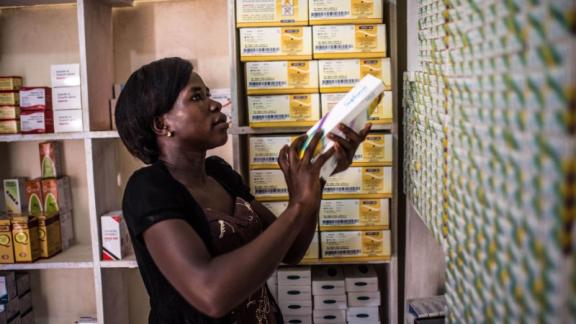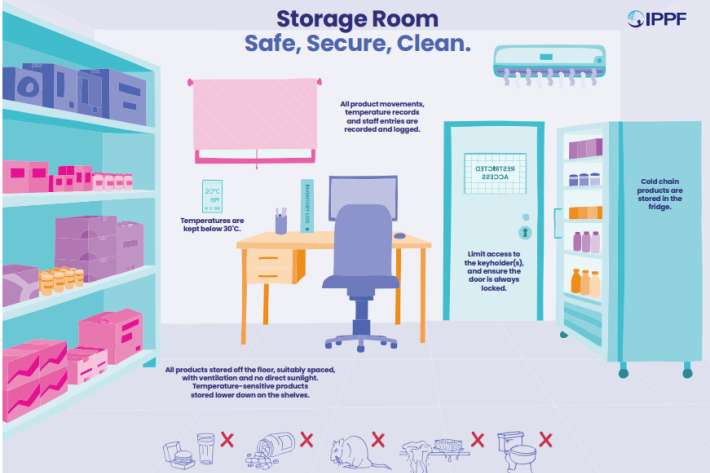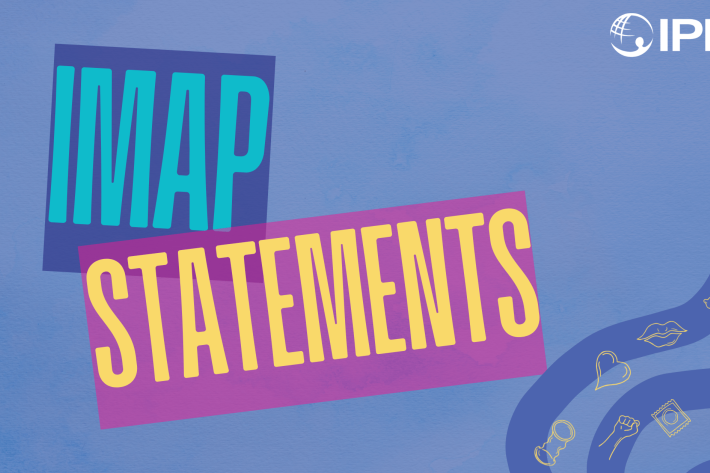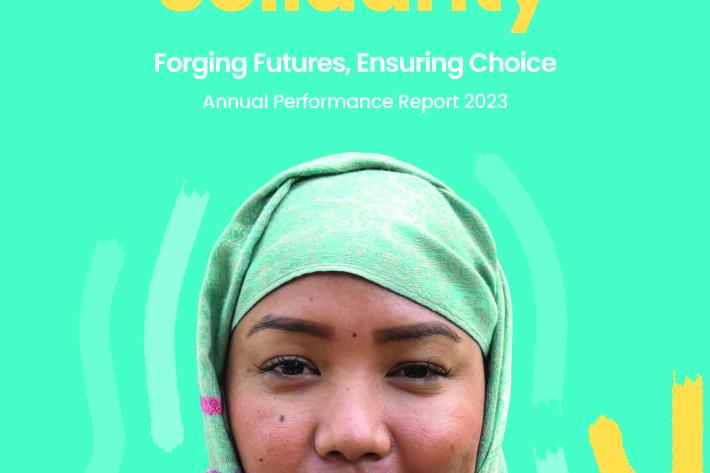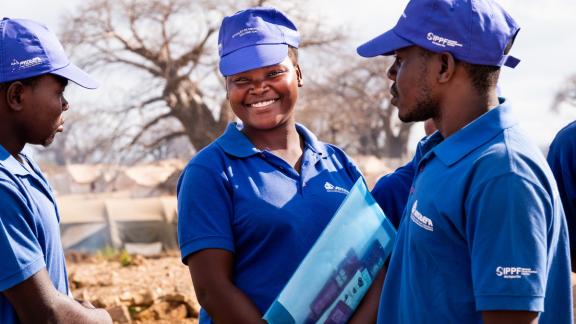Spotlight
A selection of resources from across the Federation
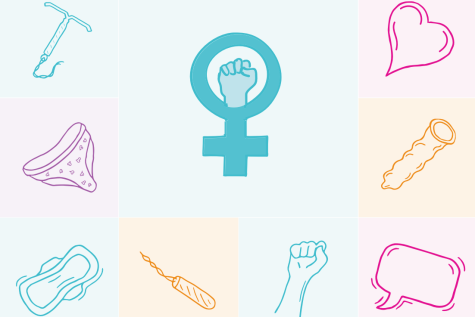
Technical Brief: Designing and Delivering Inclusive, Rights-Based Sexual and Reproductive Healthcare to Transgender and Gender Diverse People
This technical brief outlines key recommendations across several sexual and reproductive health service areas to promote access to inclusive care for transgender and gender diverse people.
Filter our resources by:
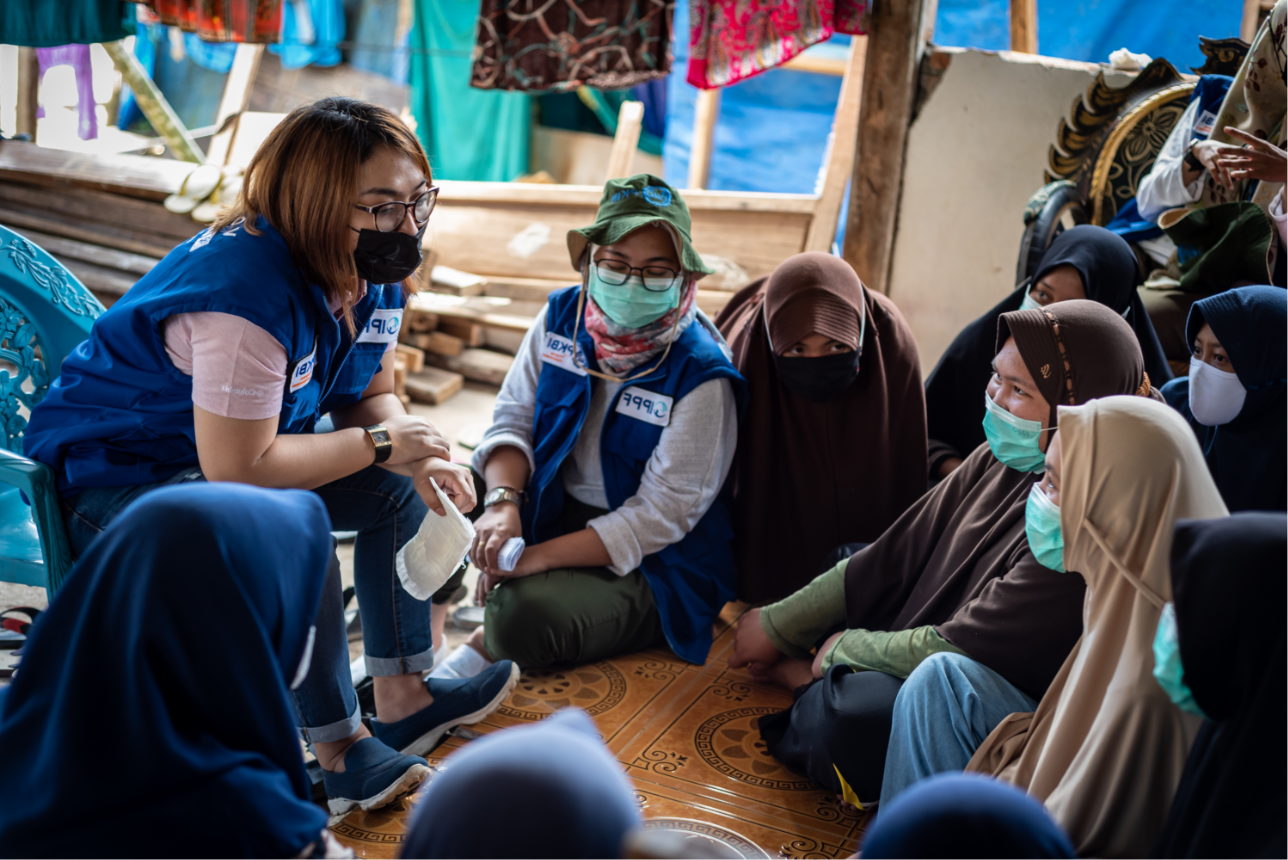
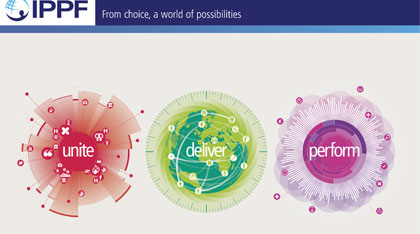
| 28 June 2013
Annual Performance Report 2012-13
2012 marked the first year implementing IPPF’s 3 Change Goals – Unite, Deliver and Perform. The Change Goals focus and prioritize our work in delivering our Strategic Framework 2005-2015, and results from 2012 show impressive performance across a range of indicators. In 2012, Member Associations contributed to 105 policy and/or legislative changes in support or defence of sexual and reproductive health and rights. IPPF’s Vision 2020 for sexual and reproductive health and rights articulates our demands in relation to the post-2015 development agenda, and we are working at all levels to influence the ICPD+20 process. Across a global network of service delivery points, including static and mobile clinics, community-based distribution and partnerships with the private sector, we provided 112.7 million sexual and reproductive health services, and 11.8 million couple years of protection. 80% of IPPF clients are either poor or vulnerable, and 40% are under 25 years old. Investment in robust systems and business processes optimize organizational effectiveness with a focus on performance-based funding and data driven decision making across all levels of the Federation. Our new Performance Dashboard enables us to monitor progress against annual targets for each of the three Change Goals to the end of 2015, when our current Strategic Framework ends.

| 16 April 2013
Vision 2020 Manifesto
In 2000 the United Nations launched the Millennium Development Goals. The world agreed to take action against poverty. Although progress has been made, we are still far from eradicating poverty. Sexual and reproductive health and rights (SRHR) are central to this vision. Sustainable development and gender equality will be achieved when everyone has access to sexual and reproductive health, the right to bodily integrity, and control over all matters related to their sexuality. Millions of lives have been saved and changed through reproductive health services. In many regions, laws and policies are in place to protect reproductive rights and prevent discrimination against women and girls. However, despite these advances there are still challenges: global funding for SRHR has decreased radically while 222 million women and girls world-wide still lack access to the contraceptives they want to use. The next few years will see the creation of a new development framework. This presents us with an unparalleled opportunity to secure a world of justice, choice and well-being for all. Ultimately, it will lead to sustainable development. IPPF is inviting partners and supporters in the development community and beyond to make these goals a reality in every community around the world. Sign up today to pledge your support. We'll keep you informed with latest news and details on how you can get involved.
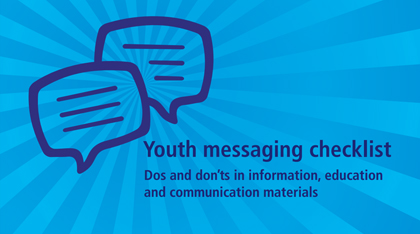
| 09 January 2013
Youth messaging guidelines checklist
Youth messaging checklist: dos and don’ts in information, education and communication materials encourages consistent use of positive, accurate and effective messaging for young people raises awareness of language that is stigmatising and undermines youth-friendly messages provides examples of language which reflect IPPF’s core principles explains the reasons why some words and phrases should not be used suggests simple rules for accessible, attractive visual design "Ensuring young people’s sexual and reproductive health and rights requires access to comprehensive, gender-sensitive and rights-based education and information." A checklist of dos and don’ts, language and messages for effective communication and education, addressing a lack of consistency in messaging across different IPPF Member Associations. Includes: checklists of messages to use and avoid, and preferred language across a range of topics: abortion diversity gender HIV and AIDS pleasure relationships sexual rights and sexual citizenship messages messages on violence sexual and reproductive health and rights and young people a checklist of dos and don’ts when selecting and using images, including links to online image libraries a checklist of dos and don’ts in design general dos and don’ts to consider when developing information, education, and communication materials for young people
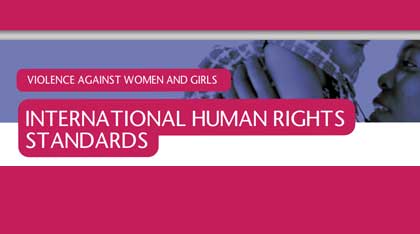
| 28 December 2012
International Human Rights Standards
International and regional law and policy has recognized the need for States to underpin their efforts to eliminate violence against women and provide protection with national action plans.

| 28 December 2012
Young women and violence
For many women and girls, their first sexual experience is forced. Almost 50% of all sexual assaults around the world are against girls 15 years old and younger. An estimated 150 million girls under 18 suffered some form of sexual violence in 2002 alone.
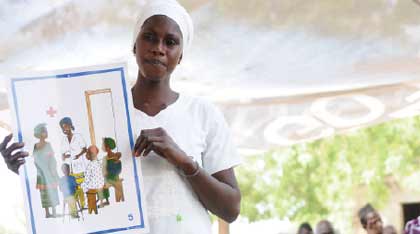
| 28 December 2012
Harmful traditional practices
All violations of women’s and girls’ rights may be described as harmful practices, but there are particular forms of violence against women and girls which are defended on the basis of tradition, culture, religion or superstition by some community members. These are often known as ‘harmful traditional practices.

| 28 December 2012
Violence against women and girls: the facts
Violence against women is a fundamental barrier to eradicating poverty and building peace. It impoverishes individual women, and their families, communities and countries. We ask member states to take action against all forms of violence outlined in the UN Declaration on the Elimination of Violence against Women and recognize that violence against women and girls is both a development and a human rights issue.
| 15 October 2012
At a Glance 2011
Key facts and figures highlighting IPPF's achievements in 2011. IPPF provided 89.6m sexual and reproductive health services and averted 710,000 unsafe abortions.
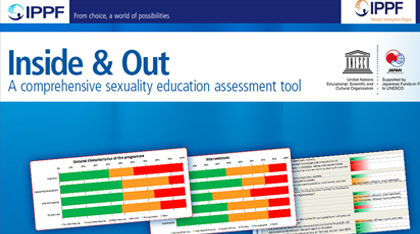
| 12 October 2012
Exploring new territories: dialogues on comprehensive sexuality education
Exploring new territories report captures new and critical thinking about comprehensive sexuality education (CSE) sets out different pedagogical (teaching and learning) approaches identifies new priorities for CSE recognises the challenges CSE presents asks what else we need to research and discover "Comprehensive sexuality education should respond to and celebrate the diversity that exists among young people across the world. It should equip young people with knowledge, skills, attitudes and values to determine and enjoy their sexuality. Comprehensive sexuality education should take a positive and respectful approach to sexuality and sexual relationships, and be part of broader emotional and social development providing opportunities to acquire life skills and nurture personal values." This document captures a discussion designed to generate critical thinking about CSE: moving beyond developing curricula and activities to thinking about delivery and different pedagogical (teaching and learning approaches); moving beyond providing knowledge to developing skills; moving beyond public health outcomes and towards human rights and gender equality; and how to measure success. A snapshot of the challenges identified: balancing broader rights and gender equality outcomes with specific public health outcomes ensuring appropriateness in different contexts applying evidence-based approaches to both content and method pre-empting and managing resistance to new approaches What else we need to know – new areas for research developing and testing new indicators for the effectiveness and impact of CSE examining how best to foster high quality rights-based teaching and learning skills how to develop effective and continuous communication with parents and community leaders the best strategies to link CSE with health and social service provision for young people Includes: a table of ‘challenges’ ‘opportunities’ and ‘recommendations’ key questions and issues explored during the workshop a checklist of values that underpin CSE a resource list
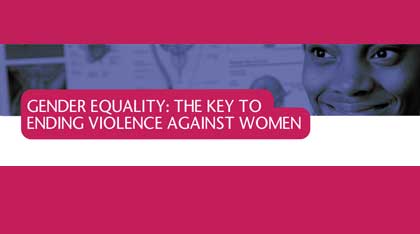
| 28 September 2012
Violence and gender equality
Violence against women is caused by gender inequality – including unequal power relations between women and men, rigid gender roles, norms and hierarchies, and ascribing women lower status in society. Promoting and achieving gender equality is a critical element of the prevention of violence against women.
Pagination
- First page
- Previous page
- …
- 30
- 31
- 32
- 33
- 34
- …
- Next page
- Last page







